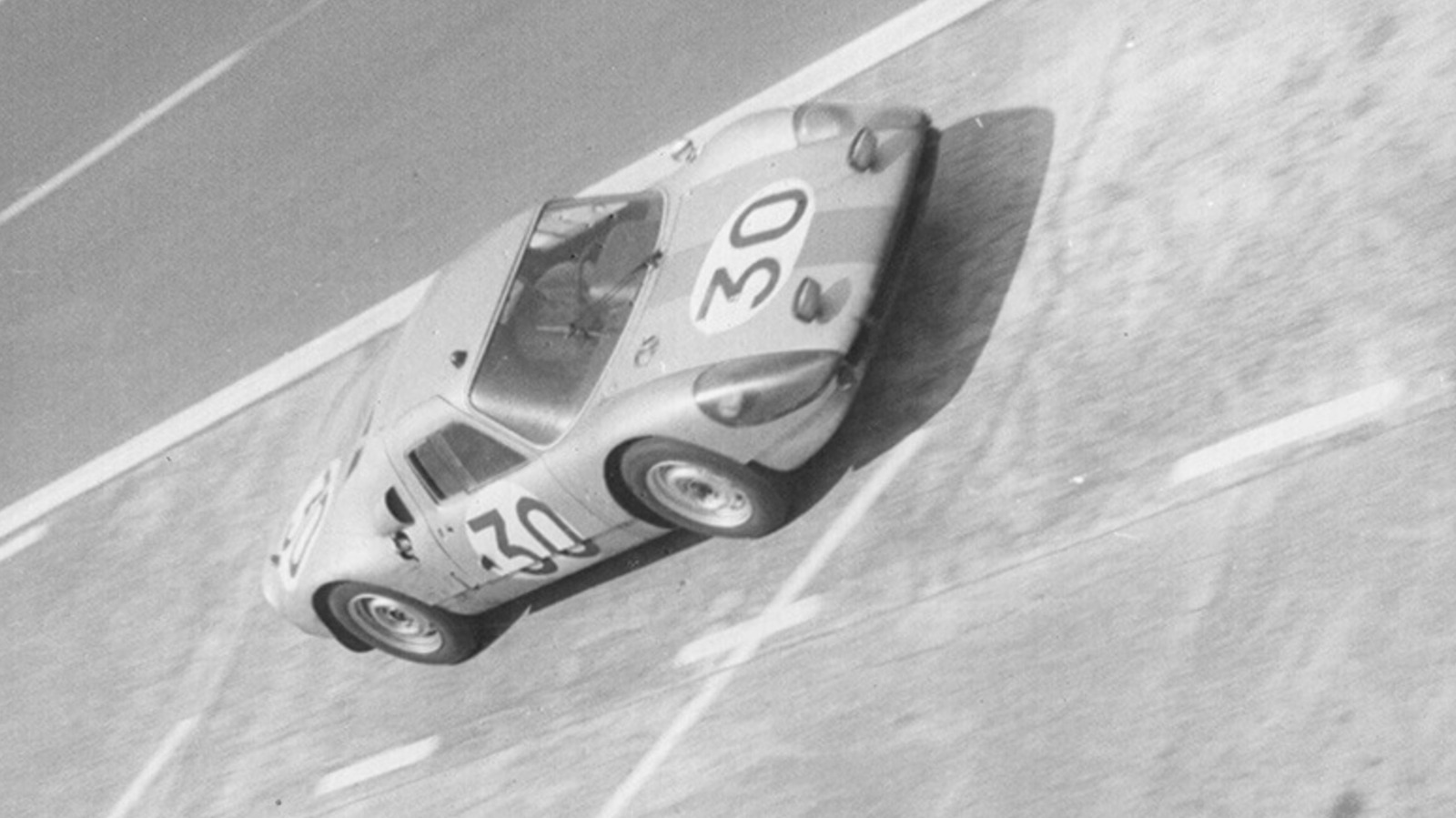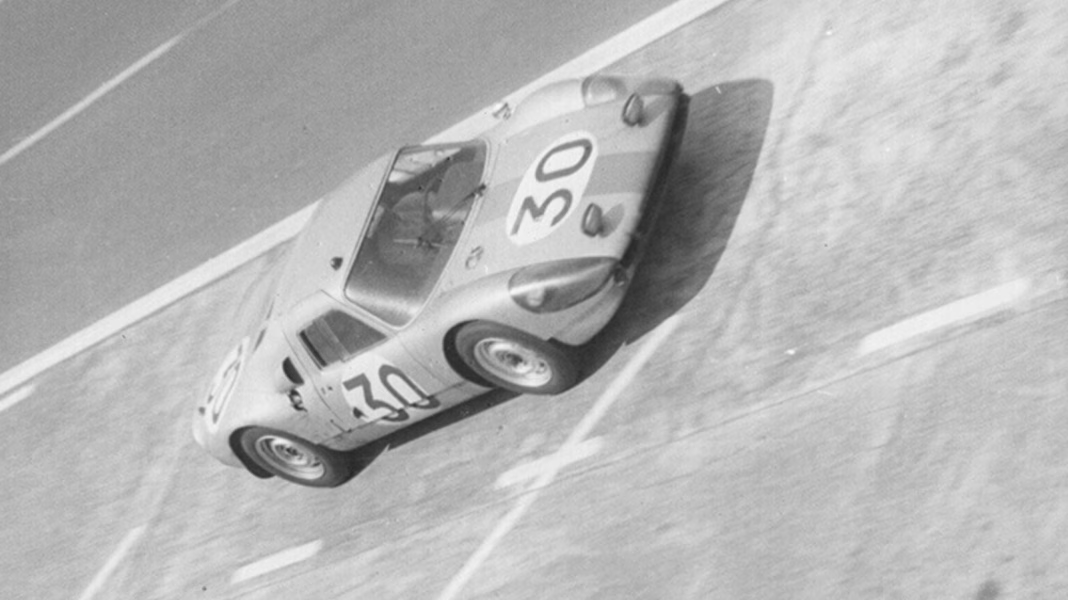This car has lived in my brain rent-free for over a decade, and I think I finally have the full grasp of its story—and what a story it is! The Porsche 904, a true icon of automotive history, has a legacy that’s as fascinating as it is complex. It’s not just a car; it’s a piece of art, engineering marvel, and a testament to the passion that fuels the automotive world.
What Makes the Porsche 904 So Special?
Let’s dive into what sets the Porsche 904 apart from the crowd. Introduced in the early 1960s, this beauty was born out of Porsche’s desire to compete in the world of sports car racing. With its lightweight fiberglass body and a mid-engine layout, the 904 was designed for speed and agility. It wasn’t just about looks, either; this car was engineered to dominate the racetrack.
The 904’s sleek lines and aerodynamic shape were revolutionary at the time. It was a departure from the more boxy designs of the era, showcasing a commitment to performance and style. The car was powered by a 2.0-liter flat-four engine, which, while modest by today’s standards, delivered impressive power and handling that made it a formidable competitor.
How Did It Shape Racing History?
The Porsche 904 didn’t just make waves in the showroom; it left a significant mark on racing history. Competing in events like the 24 Hours of Le Mans and the Targa Florio, the 904 quickly gained a reputation for its reliability and speed. It was a favorite among privateers, who saw it as an accessible entry into the world of professional racing.
One of the most intriguing aspects of the 904’s legacy is its role in tire testing. Michelin famously used a modified version of the 904, equipped with Citroën’s hydropneumatic suspension, to test their tires for decades. This unique partnership highlights how the 904 transcended its role as a racing car, becoming a critical tool in the development of tire technology.
What’s the Story Behind Its Design?
The design of the Porsche 904 is a story in itself. Ferdinand Piëch, the mastermind behind many of Porsche’s innovations, played a crucial role in its creation. The car’s design was a collaborative effort, blending aesthetics with functionality. The result? A vehicle that not only turned heads but also performed exceptionally well on the track.
The 904’s construction was groundbreaking for its time. The use of fiberglass not only reduced weight but also allowed for more intricate shapes than traditional metal bodies. This innovation paved the way for future generations of sports cars, influencing design and manufacturing techniques across the industry.
Why Does It Still Captivate Enthusiasts?
Even after all these years, the Porsche 904 continues to captivate car enthusiasts and collectors alike. Its rarity—only 106 units were produced—adds to its allure. Each 904 tells a story, a piece of history that resonates with those who appreciate the artistry and engineering behind it.
Moreover, the 904 represents a golden era of motorsport, a time when racing was raw and exhilarating. The nostalgia associated with these cars, combined with their impressive performance, keeps the spirit of the 904 alive in car shows, auctions, and racing events around the world.
What Can We Learn from the Porsche 904?
The big takeaway? The Porsche 904 isn’t just about perfection—it’s about smarter adjustments. Its story teaches us that innovation often comes from a blend of creativity and practicality. Whether you’re a car enthusiast or simply someone who appreciates good design, there’s a lesson here about pushing boundaries and embracing new ideas.
So, what’s next? Start with one change this week, whether it’s exploring a new hobby or diving deeper into a passion project. You might just spot the difference by month’s end.


